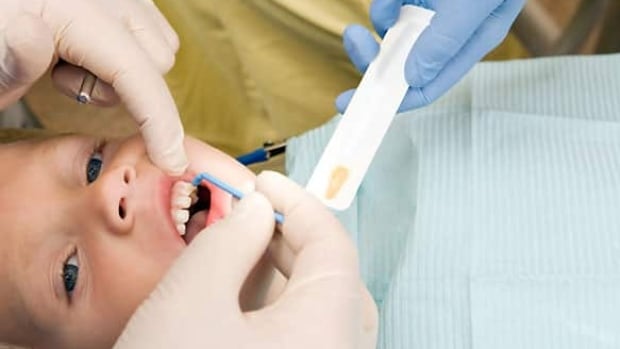The dental health of children in the area has steadily deteriorated over the past 10 years, according to data from the Windsor-Essex County Health Unit (WECHU).
The local health facility data table shows that between 2012 and 2022, the proportion of children with caries and/or dental emergencies has doubled and all other indicators of dental health have ‘worsened’. It is also important to note that over the years, the health unit tested fewer and fewer students, which could have skewed the data.
Dental health has been a longtime concern in Windsor-Essex, which just pumped fluoride back into the water early last year after nearly nine years without it.
Fluoride is a mineral that prevents tooth decay, but it can increase the risk of enamel discoloration known as fluoridation if children consume more than recommended.
“It’s more severe decay than what we’re seeing, so it’s progressing quickly, which means that often students will have to see specialists because of how severe it is,” said Jennifer Bradt, the health unit’s oral health manager.
The dental health statistics collected by WECHU come from the school screening program, which assesses all students in Kindergarten, as well as some in Grade 2.
Data from 2020-2021 is missing as the pandemic interrupted the in-school screening program.
Bradt said they expected to see more tooth decay when the program restarted in April 2022.
She said her staff has noticed more cavities. They have also observed cavities that are more “severe and deeper” in both baby and adult teeth.
Tooth wear like this often leads to infection, Bradt said.
Brandt said the pandemic likely played a role in the attrition in recent years, as many children may have stopped going to the dentist or had no access. But it’s also clear that dental health was declining before 2020.
Bradt said one factor is that it has been fluoride-free since 2013. Health unit data shows that since 2012, the percentage of children eligible for topical fluoride has increased significantly from 26.50 percent to 60.10 percent .
However, the number of children being screened has decreased over the years.
In 2012, the health unit’s figures show that 20,336 children were screened. During the 2021-2022 school year, that number was 5,570 students.
Bradt said the data is likely still a good indicator of dental health across the city.
WECHU’s director of epidemiology and evaluations, Ramsey D’Souza, said the children they see have more teeth that are either decayed, missing or filled.
One example: on average, every kindergarten student last year had nearly two teeth that were either cavity-free, missing, or filled. Ten years ago, D’Souza said, it was less than a tooth.
“It just means we’re seeing more kids have work done to address their oral health for a variety of reasons.”
Although WECHU does not track oral screening scores of teenagers or older adults, D’Souza said they do see those who come to the hospital for more urgent dental care.
“What we’re seeing is that over time, if oral health is not addressed, you could face challenges. Those challenges are specific to people between the ages of 15 and 44 … and that’s concerning.”
Root causes
D’Souza said they are still trying to better track some of the root causes so they can improve residents’ health.
Brad suggested it’s a combination of barriers. These include the cost of dental visits, language, finding a dentist and understanding what it means to have good oral health.
“Oral health is extremely important in children because it really ties into their overall health, and recognizing that starting oral health early will affect them for the rest of their lives,” Bradt said, adding that correcting cavities in baby teeth is very important. .
The health unit said that for children with significant tooth decay or dental problems, it will contact families and try to help link the child to care.
Bradt said they are expanding the screening program to include more high-risk classrooms and schools. They also assess all students so they can identify children who need treatment.


